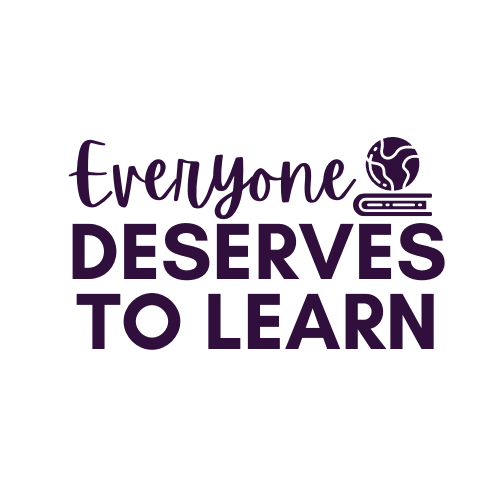Word Problems for ELL's or Struggling Readers
In my little newcomer classroom, we've worked our way through most of the 1st grade common core standards. We've even conquered some second grade standards! Considering I have a 1st, 3rd, 4th, and 7th grader in my class, you may think I'm quite far behind, but these are students who could not count to 10 when they walked in my door in September. I'd say we've done a fantabulous job!
I'm saving shapes for the end of the year, but aside from that, the one itsy-bitsy teeny-weeny thing we haven't covered is word problems. Word problems are a major hang-up for even my most proficient students; they get trapped by the syntax, the inferring, the vocabulary, even the names of the people in the problems! Knowing that, I decided to start nice and slow with my group.
I have had these hanging on my math bulletin board all year, but I finally pulled them down to keep at our group table. We are working through all of the words on the signs, and adding them into our math notebooks.


I'm saving shapes for the end of the year, but aside from that, the one itsy-bitsy teeny-weeny thing we haven't covered is word problems. Word problems are a major hang-up for even my most proficient students; they get trapped by the syntax, the inferring, the vocabulary, even the names of the people in the problems! Knowing that, I decided to start nice and slow with my group.
I have had these hanging on my math bulletin board all year, but I finally pulled them down to keep at our group table. We are working through all of the words on the signs, and adding them into our math notebooks.
Here's an example of a student's notebook: I try to keep them nice and simple with t-charts and quadrants. We've tried foldables...my group just needs a little more proficiency before we try again. Look and see if you can find my on-purpose grammatical error in a practice problem. I did that just to put the word minus in a subtraction problem...it is rarely ever in a word problem but I didn't want to forget about it. I realized quickly that we needed more practice with the procedure of the word problems.
I have some fast-trackers who will skip right to the numbers without looking at the words. I found a strategy called MAPS: Mark Information, Addition/Subtraction, Problem, Solution. I thought it was a great idea, and but decided to modify it so I can use it when I teach multiplication and division. I called it MOPS: Mark, Operation, Problem, Solution/Sentence.
Here's a picture of MOPS in the page protector. I wasn't able to grab one in action, but it was amazing to watch them slow down and really understand the words in the problem. They worked in partners to circle the information and corresponding operation, make tally marks for the picture, and then collaborate to come up with the equation and sentence. They were constantly referencing their notebooks for the words they needed. I made sure to write my problems using only sight words/words we know so there would be less confusion.
.
We are ready for some independent practice over the next few days, so I made a task card set for them to work through. This set is just for addition and subtraction, and the word problems include only common and sight words, and some names they may see in school. I will keep adding to it as my students go through it, but I wanted to post it in case anyone else could use it! Click here to grab it from TPT.
If you're interested in it, drop me a line! I'll send it to the first three people who let me know that they could use it with their class. And don't forget about the sale Thursday and Friday! My store will be 20% off.








